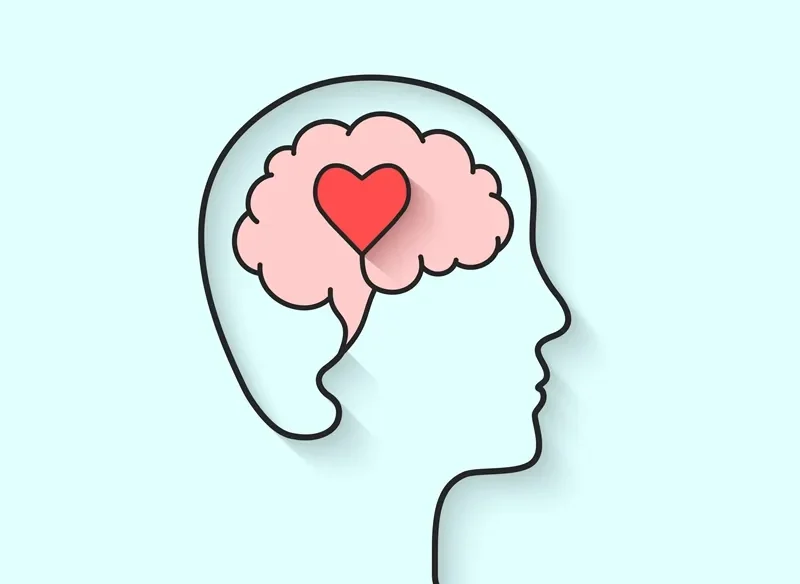
What is Acupuncture?
Acupuncture is an ancient unique way of healing, which is much more effective than most people will suspect.
Acupuncture is one of the most widely accepted therapies in alternative medicine worldwide. Chinese medicine has existed for thousands of years and was used by the Chinese people long before the advent of modern medicine.
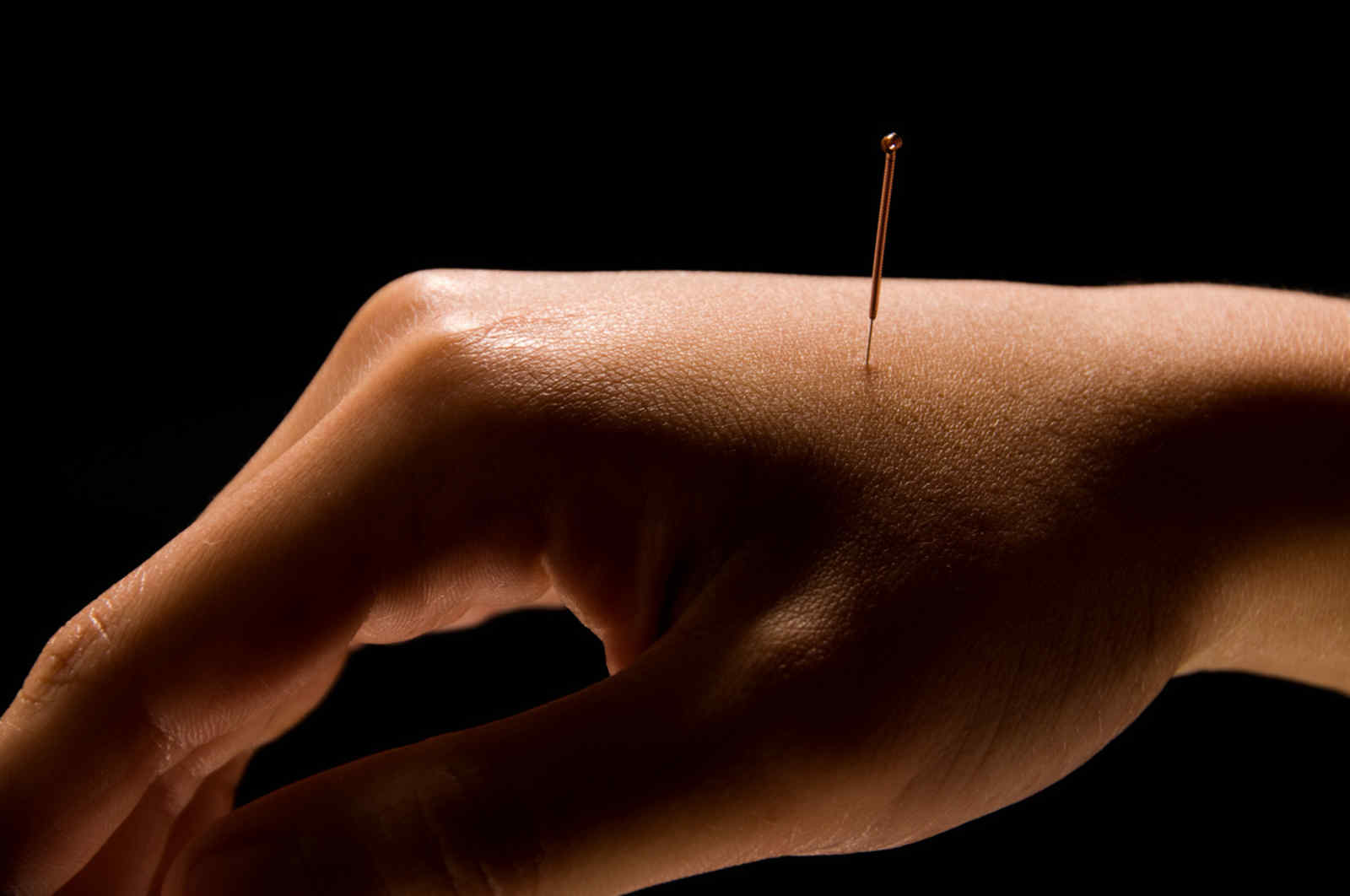
Acupuncture to Balance the Qi
Acupuncture has been around for thousands of years and is based on the knowledge that Chinese ancients had about the configuration of energy in the human body.
This energy is called Qi (Chi) in Chinese. The word Qi does not have a proper English translation; we can call it Energy. The Chinese calligraphy of Qi is a pot that cooks rice and spreads heat and steam.
Thousands of years before Einstein’s theory of relativity (That Mass can be turned into energy), the Chinese knew that everything is made of energy.
Apart from the understanding that everything is made of energy, which for most of us is only a theoretical understanding, the Chinese doctors discovered that there are several kinds of Qi flowing inside the human body, such as:
“The nourishing Qi” is the energy that animates and nourishes the body, and the “protective Qi” is the Qi of the immune system, the Qi of food, the air, and a special Qi for each organ.
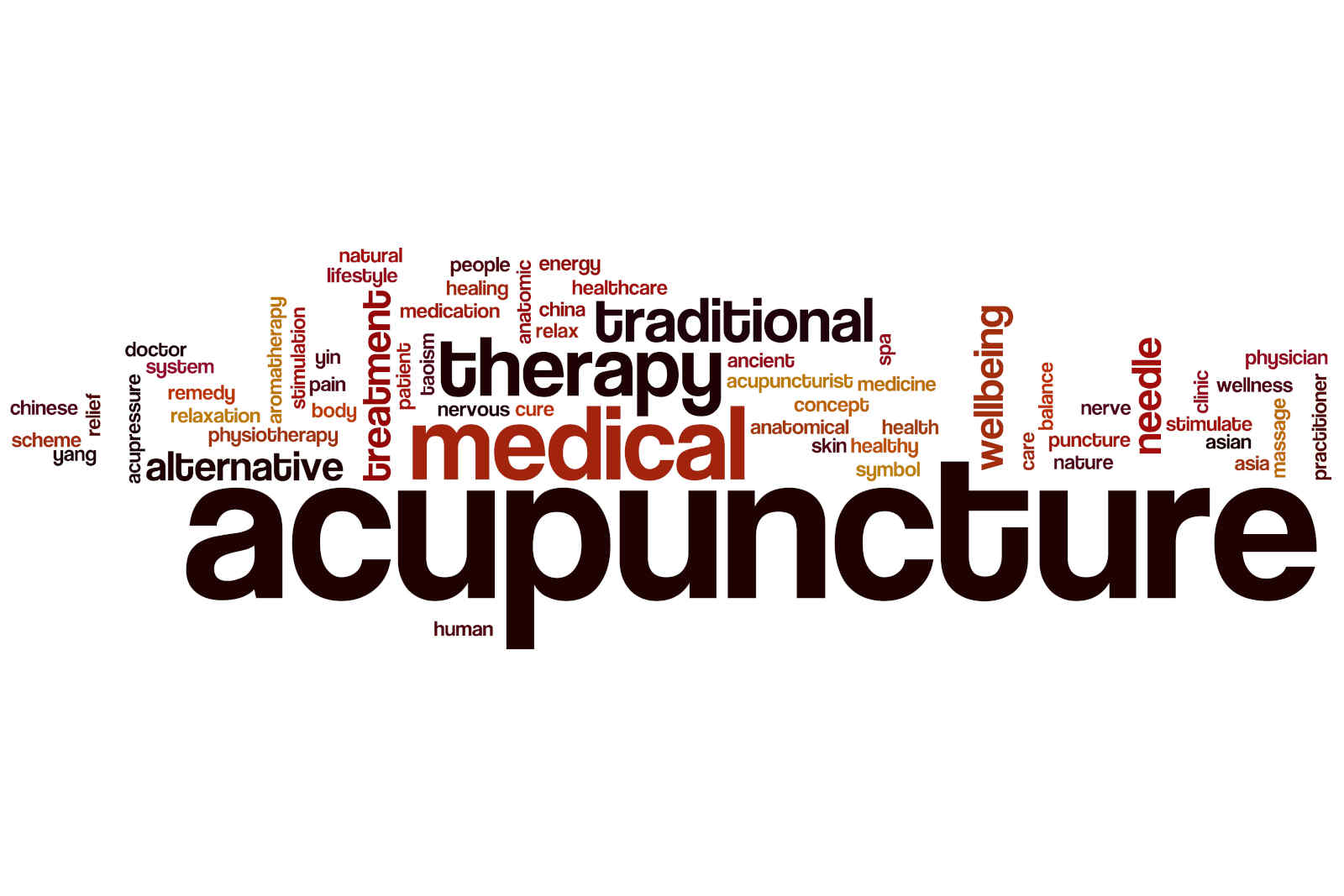
Meridians -The Energy Channels
The Chinese doctors mapped the flow of Qi in the body; they claimed that Qi flows in channels in the body just like water flows in streams. The Chinese paintings of the meridians reminded Europeans who visited China of the lines of longitude and latitude found on the maps of the earth. Thus, the name Meridians was coined.
Just as the vascular system circulates blood in the arteries, veins, and capillaries that reach each cell, the meridian system moves Qi in the main meridians. It splits into smaller ones until the Qi comes into every cell and compartment in the body.
There are 12 main meridians associated with the 12 organs in the body:
Lungs, Colon, Stomach, Spleen, Heart, Small intestine, Bladder, Kidneys, Pericardium, Triple warmer, Gall-bladder, and Liver.
The function of the 12 meridians is to distribute the organ’s energy in the body, but the meridian is not just a “tube” but has an active part as an extension of the organ to which it is attached.
In addition to the 12 meridians, there are eight extraordinary meridians related to the deeper energetic level and the embryonic stage, and other types of meridians as well.
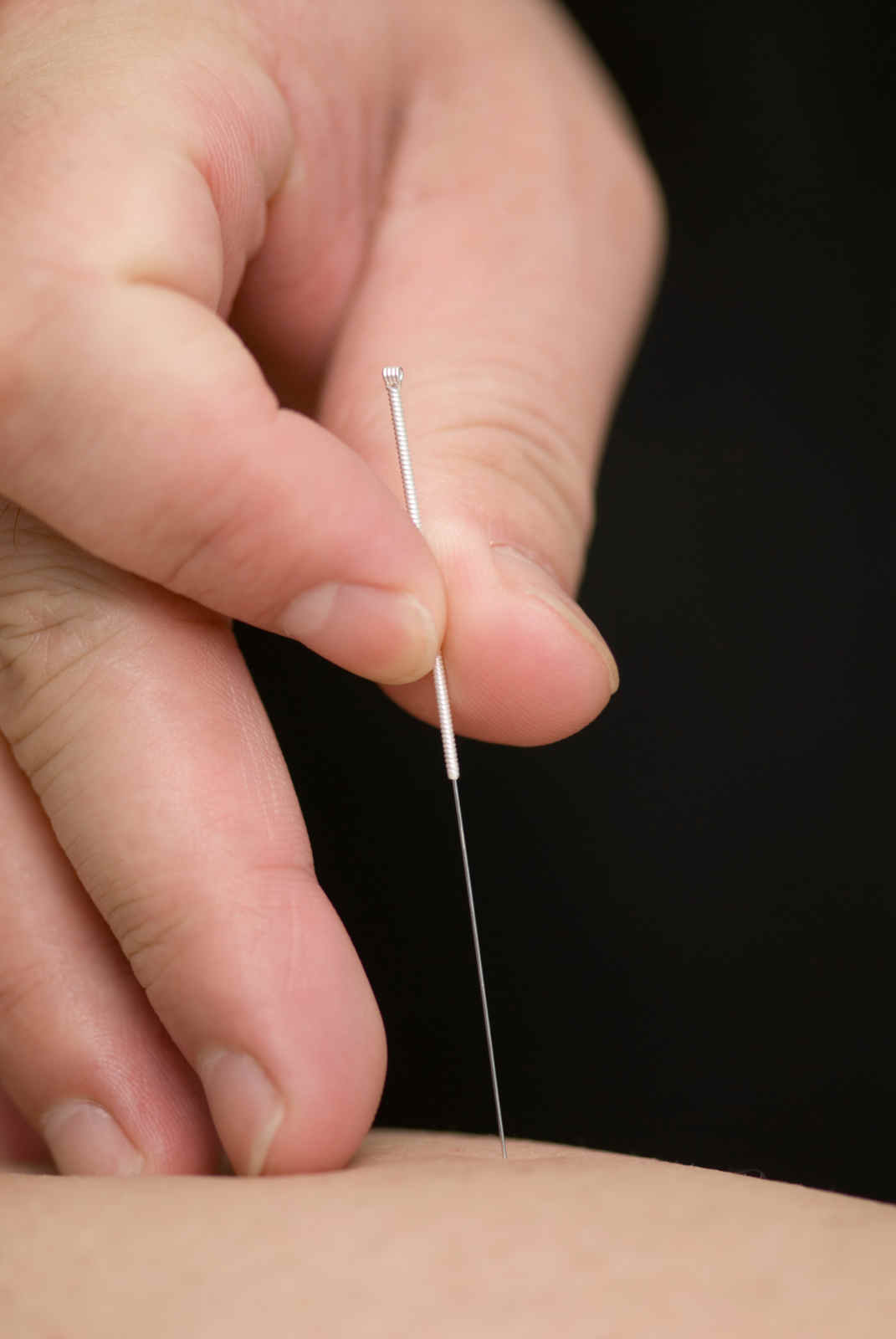
The Acupuncture Points
There are hundreds of acupuncture points in the body, some on meridians and some at other key points, almost everywhere in the body.
The width of an acupuncture point can range from 1-2 millimeters to 1-2 centimeters. Besides the point width, each point has a correct depth within the body. To this depth, the needle is inserted.
Acupuncture points transmit information from the acupuncturist to the patient’s body, such as: “Please move the Qi,” “Please relax the muscle,” “Please, reduce the headache,” etc.
In addition to communication with the body, the acupuncture needles bring Qi into the patient’s body from the therapist’s Qi and the Qi in the air and the universe, channelled through the needle.
Although the acupuncture points are not visible physically, they can be electrically detected by a simple voltmeter. In contact with the electric sensor at the exact position of the point, the voltage will be higher.
The acupuncturist needs to insert a needle at the exact position of the point; a little to the side will not give the desired result. The angle and depth of the needle insertion are also critical.

What exactly does acupuncture do?
The Qi in the body should constantly be in motion and balance, and if there are “traffic jams” or “disturbed roads” or any blockages in the meridians, problems start to form in the body-mind.
In Acupuncture, the needles activate the Qi to restore balance to the body, open the “traffic jams,” and “fix the roads.” Qi is not just “energy” or “fuel” for the body; Qi has an extraordinary intelligence and information that it moves from place to place in the body, and it affects both the body and the mind.

Acupuncture techniques
A skilled acupuncturist knows how to influence the flow of Qi through different forms of needle techniques.
For example, the needling angle: each meridian has a flow direction; needling in the direction of flow will strengthen the Qi, and needling against the direction of the flow will disperse the Qi.
Apart from this, the time of inserting the needles is significant relative to the patient’s breathing, the speed of inserting the needle, the removal of the needle, the thickness of the needle, and more.
Even when the needle is inside the body, the therapist touches the needle, moves, and rotates it until the needle “reaches the Qi.”
When the needle “reaches the Qi,” the patient should feel a sensation of current, heat, dull pain, or other sensation other than the needle’s sting.
This sensation indicates that the needle is in the right place, called “De Qi.”
Studies of people who have been needled under an MRI of the brain show that specific brain areas respond when the “De Qi” is achieved. Therefore, the feeling of “De Qi” is essential to create a healing effect in the body.
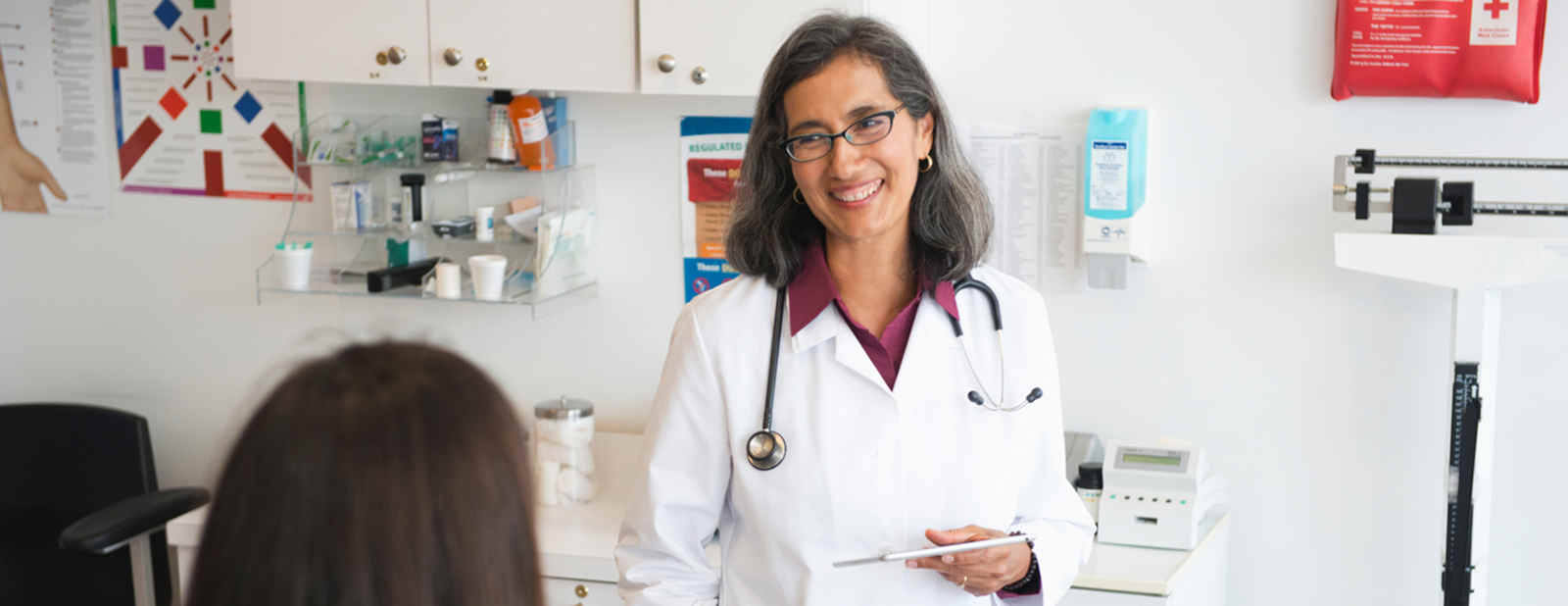
How is the Acupuncture treatment performed?
Acupuncture treatment should start with a diagnosis.
The Acupuncturist must examine the patient and find the imbalance in him. Diagnosis is usually based on examination of the tongue and pulse, examination of body signs and symptoms, and questioning of the patient. The therapist is also using western medical tests.
The patient then lies on the bed, and the therapist inserts the needles; there is no pain in most cases. It is not worth fearing …. Fear causes the sensitivity of the body to increase and the pain to increase.
When the fear disappears, the pain decreases, and only the feeling of “De Qi” is felt; again, the sense of “de chi” is crucial because it shows that the needle is in the right place.
The patient should lie down with the needles for a time ranging from 20 to 50 minutes, depending on the patient’s condition.
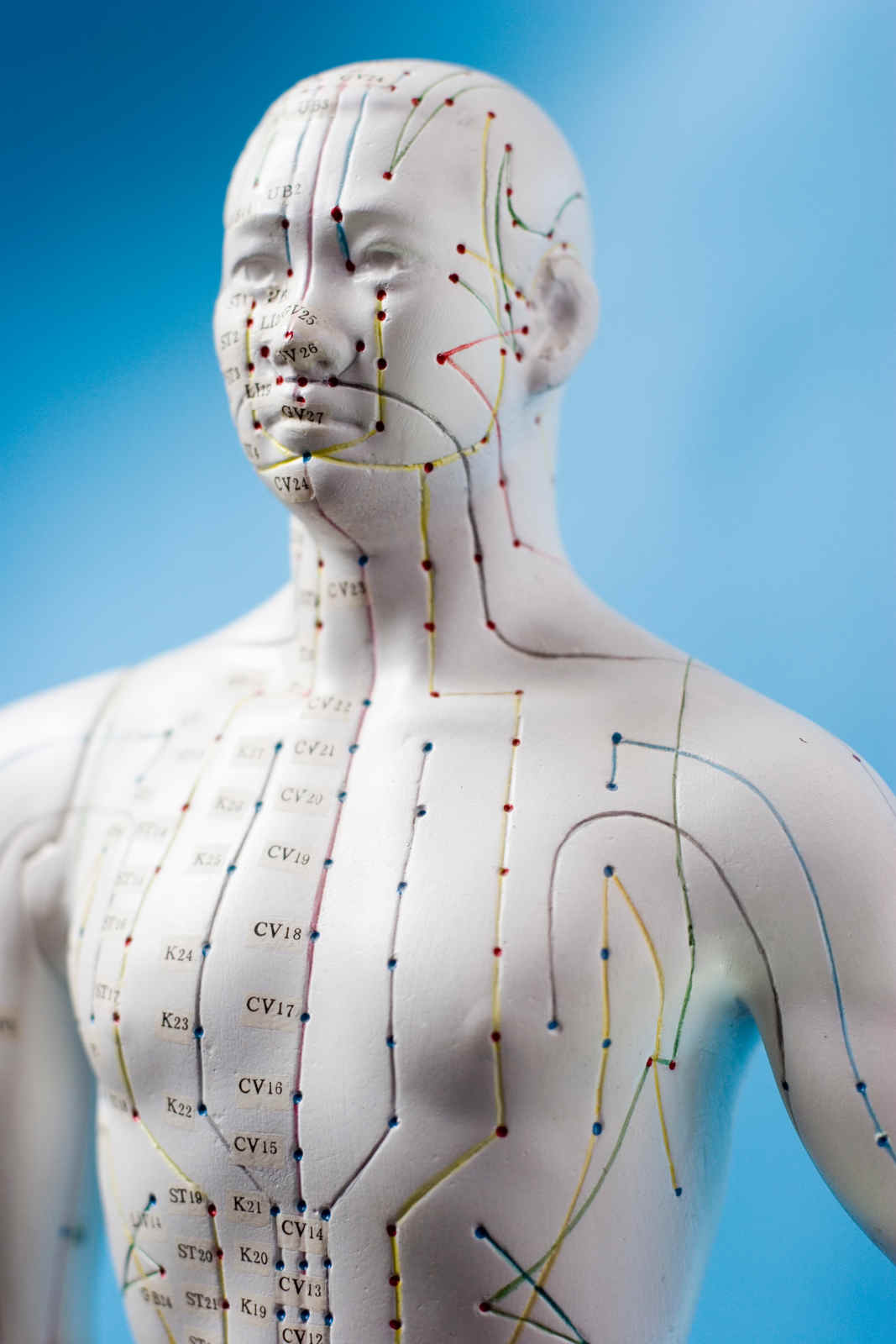
The patient may feel all sorts of sensations in the body, like a gentle flow that result from energetic changes, and usually feel a deep sense of relaxation.
There will be a relief in the pain after the needles are placed in many cases, and sometimes you have to wait a few days or continue a few treatments until the pain is gone.
As an acupuncturist of 18 years, I expect most pain to be reduced by 50% after one to three sessions.
If there is no change after 7-10 treatments, you should check with the acupuncturist to change something in the treatment.
Of course, recovery speed depends on the diagnosis, health condition, age, and other metrics.
If you suffer from any physical or mental condition I strongly recommend trying acupuncture. It is a very effective natural treatment with no side effects, except relaxation and inner balance.






